Meldingen din er sendt.
Vi behandler forespørselen din og kontakter deg så snart som mulig.
Skjemaet har blitt sendt inn.
Mer informasjon finner du i postkassen din.
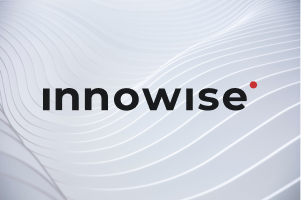
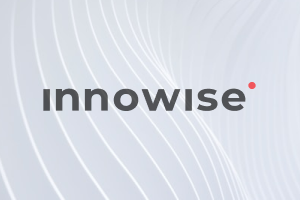

Produksjon er ingen enkel oppgave - jeg har selv sett hvordan økende krav til effektivitet og smidighet kan presse bedrifter til det ytterste. Og la oss være ærlige: Å klamre seg til utdaterte prosesser? Det er en oppskrift på frustrasjon, ineffektivitet og tapte muligheter. Jeg har jobbet med selskaper som slet med flaskehalser, kaos i forsyningskjeden og produksjonsforsinkelser. Helt til de tok i bruk ERP.
Det er her ERP-programvare for produksjon endrer spillereglene. Det er ikke bare nok et verktøy, det er selve ryggraden i en moderne, strømlinjeformet virksomhet. Teamet mitt og jeg har hjulpet bedrifter med å integrere ERP for å optimalisere produksjonen, kutte kostnader og øke produktiviteten på måter de aldri hadde forestilt seg. I denne artikkelen går jeg gjennom hvordan ERP kan forvandle produksjonsbedriften din og legge til rette for langsiktig suksess.
Er du klar til å fremtidssikre virksomheten din? La oss dykke ned i det.
Etterspørselen etter ERP i produksjonsindustrien har skutt i været, og jeg har selv sett hvordan både store og små bedrifter tar i bruk disse systemene for å holde seg konkurransedyktige. Ifølge Technology Evolution Centers er 50% av bedriftene i ferd med å anskaffe, oppgradere eller planlegge å oppdatere ERP-systemer snart.
Markedet i seg selv er i kraftig vekst. Bransjerapporter anslår at det globale ERP-markedet vil vokse fra $71,62 milliarder i 2025 til $114,09 milliarder innen 2030, med en 9,76% CAGR. Hvorfor dette? Fordi produsentene er under konstant press for å optimalisere ressursene, forbedre koordineringen og redusere kostnadene, samtidig som de må holde tritt med markedets krav.
Produksjon dominerer ERP-området, står for 25,7% av det globale markedet. Håndtering av komplekse forsyningskjeder, sikring av sømløs produksjon og opprettholdelse av driftseffektivitet er topprioriteringer - områder der ERP har vist seg å være en "game changer".
ERP for produksjonsindustrien integrerer kritiske forretningsfunksjoner for å hjelpe deg med å optimalisere driften, øke effektiviteten og spare penger. Her er en oversikt over de viktigste funksjonene som utgjør en forskjell.

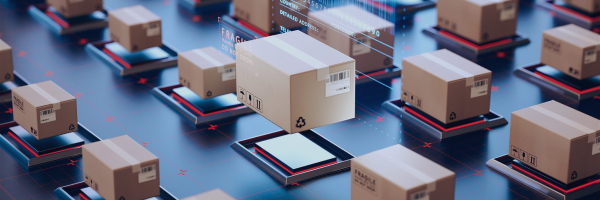
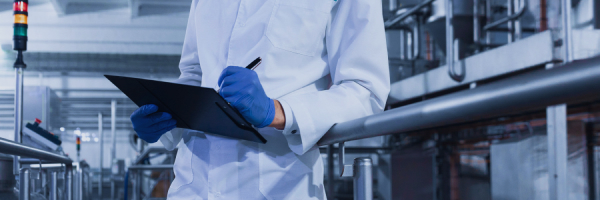











"ERP-systemer er mer enn bare et verktøy - de er en viktig del av det å være konkurransedyktig, spesielt hvis vi snakker om ERP for produksjonsindustrien, der hastighet, presisjon og effektivitet betyr mest. Hos Innowise hjelper vi bedrifter med å implementere ERP-løsninger som effektiviserer produksjonen, forbedrer synligheten i forsyningskjeden og gir datadrevet innsikt for smartere beslutningstaking."

Michael Labutin
Leder for ERP-avdelingen
Vi tilbyr implementering av ERP-systemer fra start til slutt, og veileder bedrifter gjennom hele prosessen fra planlegging til full implementering. Ekspertene våre skreddersyr løsninger for å dekke de unike behovene til produksjonsvirksomheten din, slik at du får en smidig integrering og optimal funksjonalitet fra første dag.
Innowise legger til rette for sømløs overføring av kritiske forretningsdata fra eldre systemer til den nye ERP-plattformen. Vi prioriterer dataintegritet og nøyaktighet, samtidig som vi minimerer nedetid. Samtidig sørger vi for at all informasjon forblir tilgjengelig og velorganisert i det nye systemet.
Vi tilbyr kontinuerlig support for å sikre at ERP-systemet ditt fungerer optimalt. Fra feilsøking til systemoppdateringer og -forbedringer - teamet vårt er alltid tilgjengelig for å løse problemer raskt og sørge for at driften går som smurt og tilpasser seg skiftende forretningsbehov.
Vi tilbyr skreddersydde opplæringsøkter for å utstyre teamet ditt med ferdighetene som trengs for å bruke det nye ERP-systemet effektivt. Vi tilbyr skreddersydde opplæringsøkter for å hjelpe alle brukere, fra grunnleggende til avanserte, med å forstå systemet og utnytte dets fulle potensial for maksimal produktivitet.
Vi hjelper deg med å automatisere arbeidsflyten for å forbedre effektiviteten og redusere manuelle feil. ERP-løsningene våre effektiviserer oppgaver som ordrebehandling, lagerstyring og økonomisk rapportering, slik at teamet ditt kan fokusere på mer strategiske aspekter ved virksomheten og samtidig sikre konsistens og nøyaktighet.
Vi utvikler business intelligence (BI) og rapporteringsløsninger som er skreddersydd for din produksjonsvirksomhet. Teamet vårt hjelper deg med å lage tilpassbare dashbord, automatiserte rapporter og prediktive analyser, slik at du kan ta datadrevne beslutninger som øker effektiviteten, produktiviteten og lønnsomheten.
Vi utvikler skybaserte ERP-løsninger som tilbyr fleksibilitet, skalerbarhet og ekstern tilgang. Med ERP i skyen kan produksjonsvirksomheten din kjøre problemfritt uten behov for kostbar infrastruktur. Det gir tilgang til data i sanntid, hvor som helst og når som helst, og muliggjør sømløst samarbeid på tvers av team.
Hvis det eksisterende ERP-systemet ditt trenger forbedringer eller tilleggsfunksjoner, er våre forbedringstjenester den perfekte løsningen. Vi analyserer det nåværende oppsettet, identifiserer mangler og implementerer oppgraderinger som er tilpasset virksomhetens behov, slik at ERP-systemets funksjonalitet og effektivitet økes.
Jeg har jobbet med en rekke produsenter som lanserer Microsoft Dynamics 365 det er en kraftig ERP-løsning, men ikke akkurat plug-and-play. Det er først når du trenger dyp integrasjon på tvers av avdelinger og allerede bruker Microsoft-verktøy som Office 365, Teams og Power BI, at den virkelig briljerer.
Det som gjør at den skiller seg ut, er den tette koblingen mellom produksjonsoperasjoner og salg, økonomi og service. Du kan gå fra å lage etterspørselsprognoser til å justere planene for forsyningskjeden i samme dashbord, med kunstig intelligens som kommer med forslag underveis. Med produksjonsmodulen kan du for eksempel administrere stykklister, ruting og ressursplanlegging med innebygd automatisering, og ikke som en separat utvidelse.
En av favorittdelene mine? Du kan hente Power BI-rapporter rett inn i ERP-visningene dine. Jeg har sett team redusere rapporteringstiden med over 60% bare ved å bytte ut tungvint Excel-eksport med direkte dashbord.
Best egnet for store og mellomstore produsenter med komplekse operasjoner som trenger full prosessoversikt, sanntidsdata og smidig samarbeid på tvers av team, spesielt de som allerede bruker Microsoft-verktøy.
Hvis du er ute etter fleksibilitet uten å tære på IT-budsjettet, Odoo er vanskelig å slå. Det er et mye lettere alternativ til systemer som Dynamics 365 eller SAP S/4HANA, og takket være åpen kildekode er selv den betalte versjonen ganske budsjettvennlig.
Det som virkelig gjør at Odoo skiller seg ut, er hvor modulært det er. Du kan begynne i det små - lager, MRP, salg - og legge til flere moduler etter hvert som virksomheten vokser. Du trenger ikke å betale for mye for ting du ikke bruker ennå.
Det er selvfølgelig ikke perfekt fra start. Avanserte funksjoner som prediktivt vedlikehold eller superspesifikke arbeidsflyter betyr vanligvis at du må hente inn tredjepartsapper eller gjøre litt spesialutviklingsarbeid. Men med den rette teknologipartneren kan du forme Odoo til akkurat det fabrikken din trenger, takket være fleksibiliteten.
Ideell for små og mellomstore produsenter som trenger en kostnadseffektiv og tilpasningsdyktig ERP-løsning med omfattende tilpasningsmuligheter
SAP S/4HANA er ikke bare et ERP-system; det er en fullverdig kommandosentral for produsenter som sjonglerer med flere fabrikker, internasjonale operasjoner og tusen bevegelige deler i forsyningskjeden. Det håndterer skatteregler for flere land, flere valutaer og logistikk mellom selskaper på ett sted. In-memory-motoren sørger for at store datasett beveger seg raskt, slik at du ikke kjører deg fast.
La oss si at du driver fabrikker i USA, Tyskland og Kina. Med S/4HANA kan du spore materialer fra leverandør til fabrikk til kunde i sanntid. Hvis en forsendelse er forsinket, flagger systemet det umiddelbart og gir teamet ditt den informasjonen de trenger for å handle raskt. Du får også verktøy for prediktivt vedlikehold, slik at maskiner blir vedlikeholdt før de svikter, ikke etterpå.
Men all denne ildkraften har selvfølgelig en pris, både bokstavelig talt og driftsmessig. Implementering tar tid, tilpasning krever vanligvis sertifiserte SAP-partnere, og teamet ditt vil trenge grundig opplæring.
Best egnet for store produksjonsbedrifter som krever et altomfattende ERP-system med omfattende tilpasning, automatisering og support på bedriftsnivå.
Enterprise Resource Planning-løsninger er en viktig faktor for bedrifter som ønsker å ligge i forkant i dagens fartsfylte marked. Disse systemene gjør mer enn å forbedre driften - de gjør den mer effektiv og sammenkoblet. Ved å integrere nøkkelprosesser gir ERP sanntidsdata, automatisering og sømløs koordinering til alle avdelinger.
Resultatet? En mer smidig, effektiv og konkurransedyktig virksomhet som er klar til å takle alle utfordringer som måtte dukke opp:













Produksjon akkurat nå kan det føles som å sjonglere hundre ting på en gang. Stramme tidsfrister, overraskelser i forsyningskjeden, økende kostnader og et konstant press om å gjøre det raskere uten å gjøre feil. Jeg har sett team som har begravd seg i regneark, mistet oversikten over lagerbeholdningen eller hele tiden har måttet kjempe for å fikse produksjonsforsinkelser. Høres dette kjent ut?
Det er her et ERP-system kommer inn i bildet. Det binder hele virksomheten sammen, slik at alt flyter smidigere, raskere og med langt mindre stress. Produksjonsplanleggingen blir enklere, lagerbeholdningen oppdateres automatisk, ordrene går raskere, og rapportene bygger praktisk talt seg selv. Og viktigst av alt: Teamet ditt får endelig sanntidsdata slik at de kan ta bedre beslutninger uten å måtte gjette.
Det er ikke en tryllestav som løser alle problemer. Men det gir deg en sjanse til å beholde kontrollen når alt rundt deg stadig endrer seg. Og i disse dager er det allerede en ganske stor seier.
ERP-systemer gir produsenter flere viktige fordeler:
Prosessen med å integrere et Enterprise Resource Planning-system med eksisterende systemer innebærer vanligvis
Tidslinjen for implementering av et ERP-system i produksjonsindustrien varierer ut fra flere faktorer, blant annet kompleksiteten i forretningsprosessene, størrelsen på organisasjonen og den valgte ERP-løsningen. I gjennomsnitt kan en ERP-implementering ta mellom 3 til 12 måneder. Dette inkluderer tid til planlegging, systemkonfigurasjon, testing, opplæring og datamigrering. Store, komplekse organisasjoner kan trenge mer tid for å få til en smidig og effektiv implementering.
Dmitry leder den tekniske strategien bak tilpassede løsninger som faktisk fungerer for kundene - nå og når de vokser. Han bygger bro mellom store visjoner og praktisk utførelse, og sørger for at hver eneste utvikling er smart, skalerbar og tilpasset virksomheten.




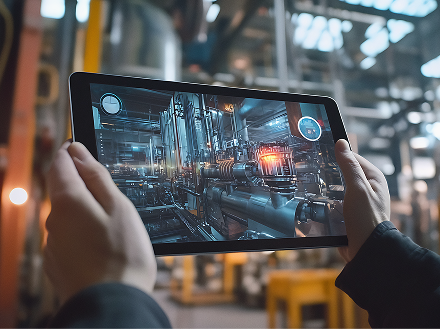




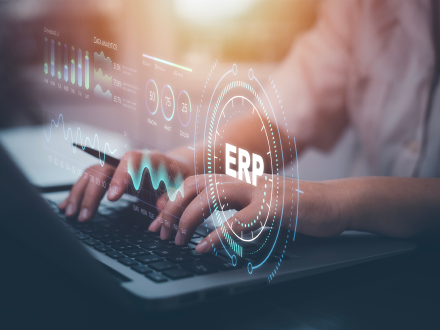
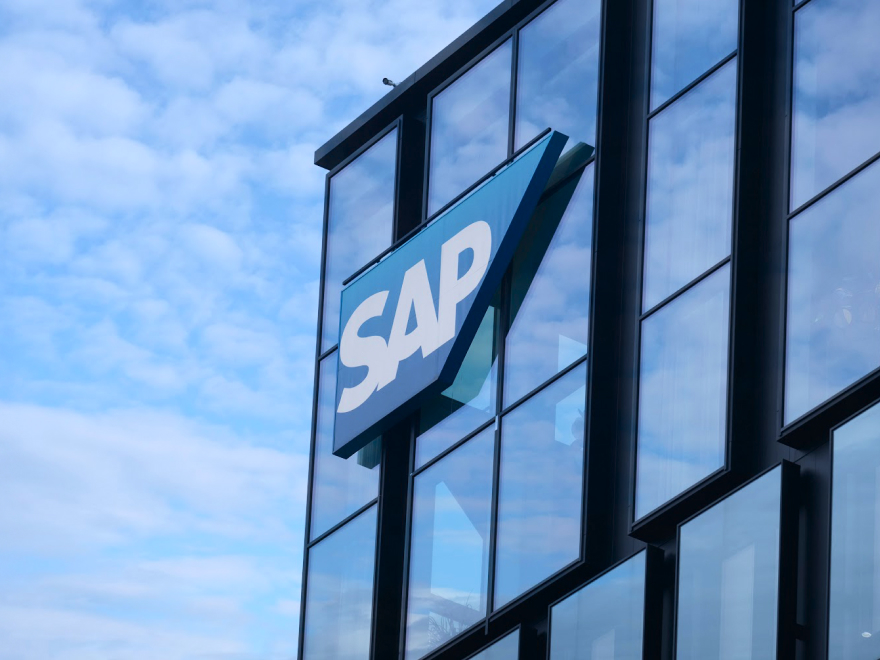

Meldingen din er sendt.
Vi behandler forespørselen din og kontakter deg så snart som mulig.

Ved å registrere deg godtar du vår Retningslinjer for personvern, inkludert bruk av informasjonskapsler og overføring av dine personopplysninger.